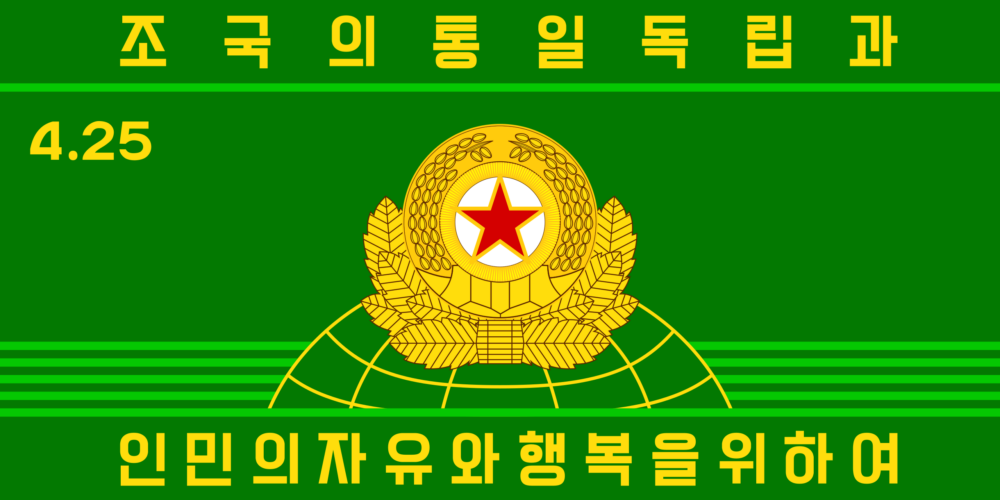North Korea Missile Facilities

About the image
As the North Korean political leadership began issuing directives for the procurement and development of missiles in the 1960s, North Korea began to establish the educational institutions to train engineers and technicians to sustain a missile development program. The Soviet Union and China initially provided basic technical and training assistance, as well as deliveries of rockets and anti-ship missiles. North Korean engineers have also gone abroad, especially to China, for training in basic aerospace engineering.
According to North Korean defectors, the Korea National Defense College in Kanggye, Chagang Province, has a “Rocket Engine Department” and the college provides instruction on the “production, operation procedures, and launching of missiles.”1 North Korea’s top universities such as Kim Il Sung University, Kim Chaek University of Technology, and the Pyongsong College of Science have programs in science and engineering that would have applications to rocket and missile development. The Science and Education Department under the Korean Workers Party Central Committee exercises overall supervision of science curricula, but the Department of Higher Education in the Ministry of Education manages the administrative affairs of colleges and universities. 2
The “Number Seven Factory” under the Second Natural Science Academy does design and development work before it produces missile prototypes. This facility is probably the same facility known as the “San’um-dong Factory” or “San’um-dong Missile Research Center.” The Second Natural Science Academy is the research and development organization in charge of all weapons development in North Korea. The academy probably draws upon human resources from other scientific institutions under the Academy of Sciences, but the extent of this collaboration is unknown.
Missiles require a tremendous number of components and materials, including steel, semiconductors, and chemicals. North Korea has an industrial base and precision machine tool industry to support missile production. In recent years, North Korea has made efforts to modernize its steel plants and machine tool factories in order to increase production, efficiency and precision. North Korea has been known to import components for its weapons systems, but the level of self-sufficiency in the production of missile components and materials is uncertain. The Second Economic Committee under the National Defense Commission is responsible for all weapons production in North Korea, and the committee’s Fourth Machine Industry Bureau, which is also known as the “Fourth General Bureau” or the “Missile Bureau,” manages overall missile production. 3 Many of these production facilities are located underground in Chagang Province near the Chinese border.
The Missile Division under the Ministry of the People’s Armed Forces commands at least 18 ballistic missile bases in North Korea. Many of these bases are likely to have a number of alternative launch pads near the missile storage site, which effectively increases the number of locations to launch missiles from their mobile transporter-erector launchers (TELs). Chiha-ri Missile Base in Chiha-ri, P’an’gyo-kun, Kangwon Province, is a support base for the Hwasong-5 and Hwasong-6 and is probably also a launch site. A number of surface-to-ship missiles have been deployed to the Mayang Island Missile Base, which is co-located with a large base for submarine production and repairs. 4
The National Defense Commission has ultimate command and control of the North Korean missile inventory, but little is known about Pyongyang’s missile doctrine or the Missile Division’s operating procedures. The National Defense Commission also has ultimate control over North Korea’s missile exports, which represent a significant source of foreign exchange. The Yong’aksan Trading Company under the Second Economic Committee’s External Economic Bureau handles missile exports, and the Ch’anggwang Credit Bank receives payment from buyers. 5 The foreign exchange earnings from missile exports have enabled Pyongyang to continue or expand its procurement of components and technology from abroad in order to continue the missile development program. Unfortunately, there is no reliable open source information about North Korea’s internal budget or expenditures on ballistic missiles.
Stay Informed
Sign up for our newsletter to get the latest on nuclear and biological threats.
Sources
- Interview with North Korean defector "Kenki Aoyama" by Mari Sudo, research associate, Center for Nonproliferation Studies, 20 October 2002, Chiba Prefecture, Japan; Pak Hong Gi and Kim Chae Sun, "Kwisun Pukhan'oe'gyo'gwan Ko Yong Hwan Ssi 1 Mun 1 Tap," Taehan Maeil, 14 September 1991, p. 3, in KINDS, www.kinds.or.kr.
- South Korea Ministry of Unification, Pukhan Kaeyo 2000 (Seoul: ROK Ministry of Unification, 1999), p. 488.
- Ha T'ae Won, "Puk Kunsusan'op Hyonjuso/Mugi Taebubun Tokchasaengsan," Donga Ilbo, 5 February 2001, p. 3, in KINDS, www.kinds.or.kr; Joseph S. Bermudez, Jr., The Armed Forces of North Korea (New York: I. B. Tauris, 2001), pp. 45-54.
- Interview with North Korean defector Im Yong Son by Daniel A. Pinkston, senior research associate, Center for Nonproliferation Studies, 14 December 2001, Seoul.
- Lee Kyo Kwan, "[NK Report] Pukhan Missile Such'ul Oddohke Hana?" Chosun Ilbo, 5 March 2002, www.chosun.com; Yi Kyo-kwan, "How Does North Korea Export Missiles?" Chosun Ilbo, 5 March 2002, in "DPRK Said to Export Body, Main Parts of Missiles Separately," FBIS Document ID KPP20020305000112.
